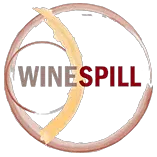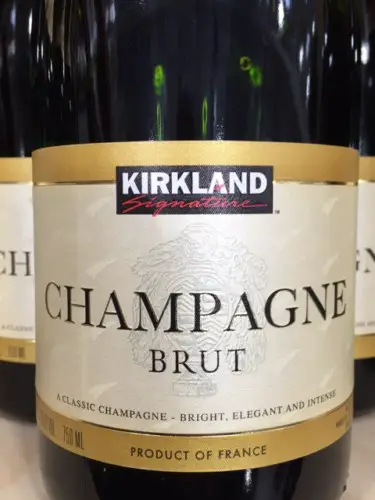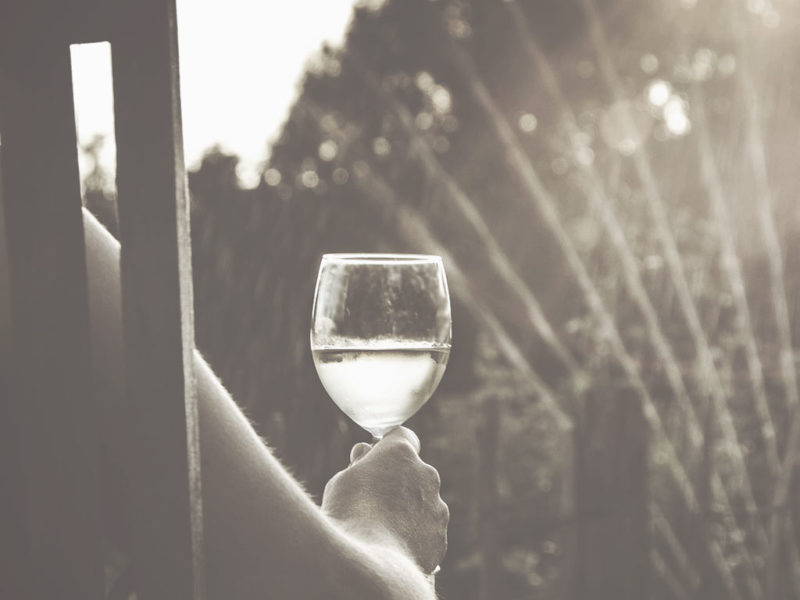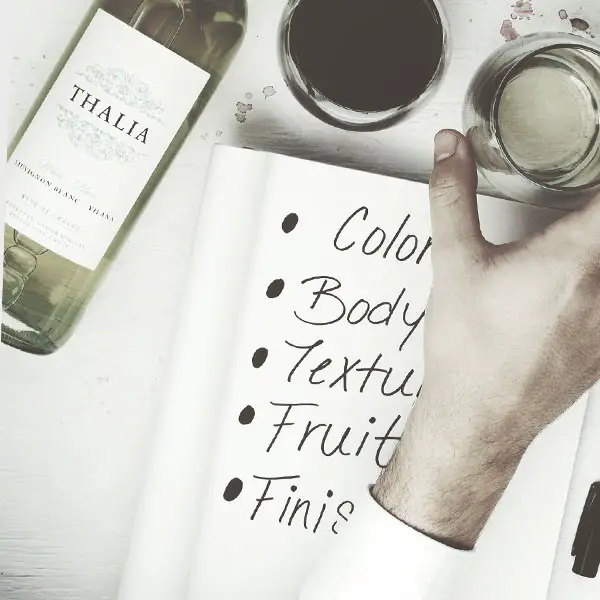
Wine Tasting Notes – My Winespill
How to drink wine and take wine tasting notes.
[eltdf_button size=”300px” type=”outline” text=”List of Texas Wineries” custom_class=”” icon_pack=”font_awesome” fa_icon=”” link=”https://mywinespill.com/list-of-texas-wineries/#complete-texas-winery-list” target=”_self” color=”” hover_color=”” background_color=”” hover_background_color=”” border_color=”” hover_border_color=”” font_size=”” font_weight=”” margin=””]
[eltdf_button size=”300px” type=”” text=”Texas Wine Trails Maps” custom_class=”” icon_pack=”font_awesome” fa_icon=”” link=”https://mywinespill.com/texas-wine-trails-maps/” target=”_self” color=”” hover_color=”#ffffff” background_color=”#383838″ hover_background_color=”#b1af6a” border_color=”#383838″ hover_border_color=”#b1af6a” font_size=”” font_weight=”” margin=””]
You’ve had wine before and you even like it. Now you want to be able to decipher what you are drinking and if it tastes like leather, dirt, or that hint of bourbon. Although, if you’re like me, you may prefer the fruity flavors. Whatever you fancy, it is not hard to do.
Be sure you have a notebook to take wine tasting notes because wine is very subjective. It’s all about your perception and what your experiences have been. If you’ve never tasted dirt before, thankfully, that flavor will not be in your description. But your goal is to drink slowly and pay attention to everything you are tasting because wine is very complex.
There are 4 things you must do, to start, hold the glass in front of you and look at the wine’s color.
The LOOK
As the wine is poured notice how it looks. What colors do you see, be specific because red can be burgundy, it can be orangish, it can be pinkish, tan or even have some purple in it. Some well-used adjectives for wine are ruby and garnet, garnet being a deeper shade of red while ruby is redder. Make sense? This step is easily overlooked with excitement to try the wine.
“In a legendary study conducted at the University of Bordeaux, 54 wine science students were asked to describe a red wine. Little did they know that they were actually drinking white wine that had been disguised with food coloring. What do you think happened? They all described the dyed white wine as a red! Perceptions of color are influenced in large part by our interpretation of taste.
Assessing color will not only impact your experience of smell as it did for the Bordeaux students, but over time, you’ll come to appreciate the amount of clues cloaked in a wine’s color that 99% of wine drinkers take for granted. Is the wine dark red, or more of a dark purple? Is it easy to see through the glass, or is the wine opaque? You’ll start to notice you can identify certain grape varietals by color alone. For example, Syrah tends to be an inky dark purple that’s near impossible to see through, whereas Pinot Noir is a bright garnet that’s entirely transparent.
For the first step, pick up your glass, and observe the wine. Tip the glass away from you and look at the wine against a white background, like a wall or napkin. Color reveals two basic things:
Is the wine in good condition? Oxidation turns the color of wine to brown, red wines lighten to brown and white wines darken and turn brown. Why? Think of cutting an apple into slices only to find the longer they are exposed to fresh air the browner the flesh of the apple gets. That is the science of oxidation and the same thing happens to wine. Most wines are made to be consumed young and fresh—within one to three years of the vintage, or year, on the label.
Too much brown in the wine is a clue that the wine may have prematurely oxidized, which usually occurs when the wine has been stored poorly or has a faulty cork seal that allowed air into the bottle. An oxidized bottle of wine looses much of its flavor and scent. For young wines in good condition look for these colors:
White
|
Red
|
Is the wine light, medium, or full? As a general rule, the darker the color, the fuller-bodied the wine. Pour a few different wines and line them up side by side, then stand up and look down into the glasses. From this view you will see the color differences in each style. You will notice the deeper fuller-bodied wines are noticeably a deeper color.
How intense is the wine? Or, how well can you see through your glass? Make a note of three descriptors of intensity from pale to medium to dark. Pale being the easiest to see through and dark being the hardest to see through.
Wine Tasting Notes GO-TO COLORS:
I’ve started a list of descriptive colors for you to add to your wine tasting notes.
White: Straw, Yellow, Gold
Rosé: Pink, Salmon, Copper
Red: Purple, Ruby, Garnet, Tawny, Brown
The SWIRL
Don’t forget to swirl, swirl some air into your pour and ‘let it breath’, as they say. Swirling the wine in the glass is a good way to get to the real taste of the wine. The alcohol in the wine vaporizes as you swirl it and the scents are released into the air for your nose to take in. The nose is a true professional when distinguishing all the flavors in wine. The tongue can taste 4 different tastes: sweet, salty sour, and savor, but the nose can isolate scents and is capable of perceiving thousands of different scents. As you swirl to let air into your poor you can observe the “legs” running down the side of the glass. Are they falling slowly, or do they trickle down the side of the glass rapidly like water? Thick and slow running legs indicate a fuller body and if the wine is potentially high in alcohol or contains a high amount of residual sugar. Fast, thin legs indicate a lighter body wine, but are not an indication of quality good or bad. Your tongue senses temperature when tasting wine—think of melted, creamy ice cream with hot gooey fudge. The tongue perceives the texture but your nose can savor the flavors of chocolate and vanilla. Swirling helps to get the true flavor of the wine up out of the glass and into your nose. Taste is perceived on the tongue, but flavor comes from scent.
The SMELL
Scents travel through your nose and to the back of your mouth where the olfactory nerve center for smell lives. Put your nose near the rim of your wine glass and breath in the scent. You take a sip of wine and it sends a message to your brain and your brain translates: raspberries, plums and chocolate. Remember to give your glass another swirl before you sip again to keep the vapors rising to your nose. At first you may say you smell only white or red wine, but eventually you’ll be able to distinguish the different smells of Chardonnay or Pinot Noir after you experience a few more tastings. Other scents are good to note and use as a reference point. Your sense of smell will get stronger, and new scents will reveal themselves the more often you do this. Because so much of the joy of tasting wines comes from smelling it, your mouth starts to water in anticipation of that first sip.
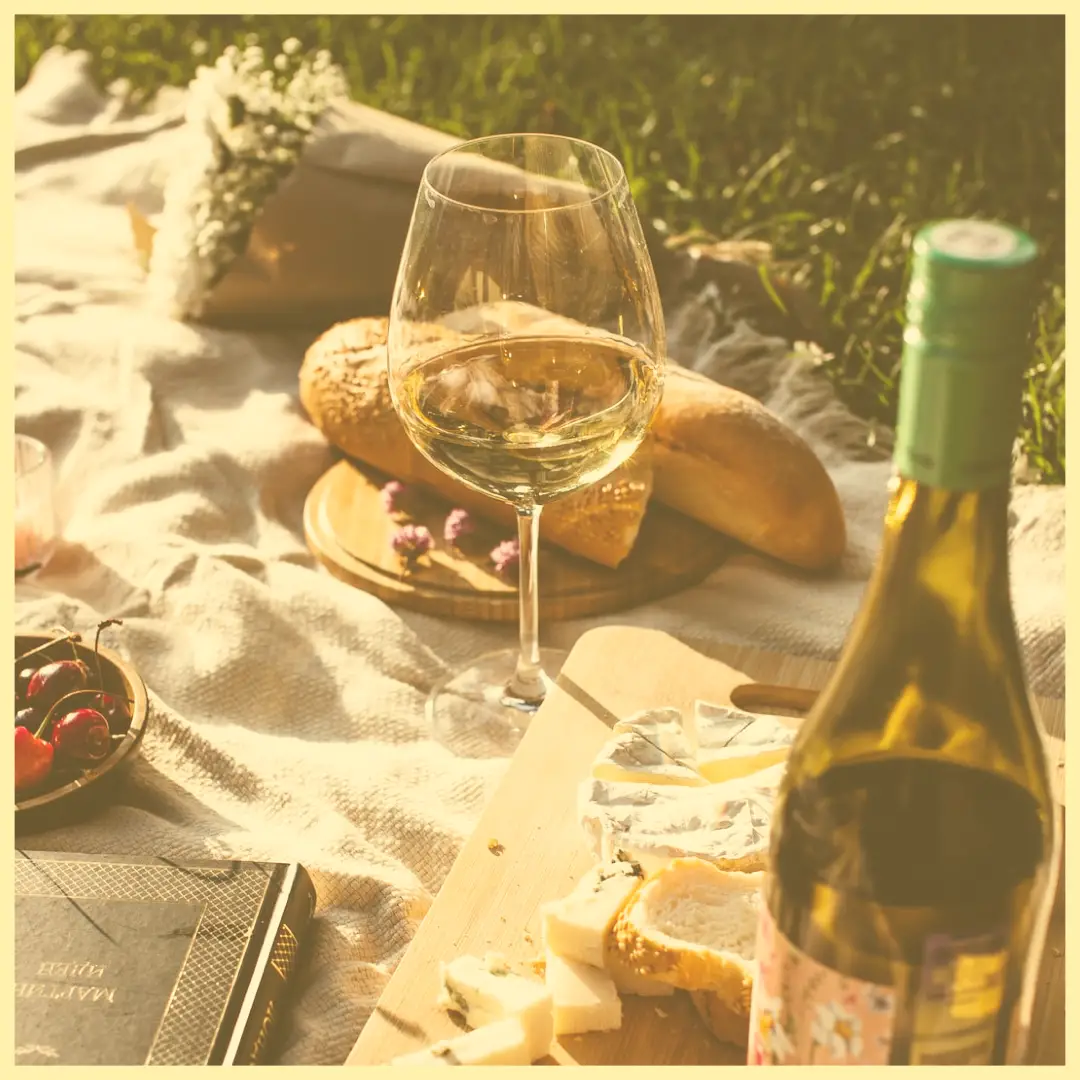 Wine Tasting Notes GO-TO SCENTS:
Wine Tasting Notes GO-TO SCENTS:
I’ve started a list of possible scents for you to add to your wine tasting notes.
White Standards: Asparagus, Bell Pepper, Vanilla, Butter, Clove, Citrus, Peach or Apricot, Pineapple, Honey.
Red standards: Asparagus, Bell Pepper, Vanilla, Butter, Clove, Soy Sauce, Berry, Strawberry Jam, Koolaide, Black Pepper, Anise or Black Licorice.
Sparkling wine scents: Lime, Apple, Toasted hazelnuts, Sour cream/yogurt, Malt extract, Vermouth, Vegemite, Cherry/strawberry, Nutmeg, Caramel, Vanilla.
The SIP
Take a mouthful and hold it there for a moment or two. Swishing or swirling the wine around inside your mouth to reveal all the flavors. You can feel the richness and full body of a red wine or the bubbles from a sparkling wine. Is it a sweet wine? Then you will taste that on the tip of your tongue compared to bitterness which is sensed at the back and acidity can make your tongue tingly on the sides. The heat of your mouth sends aromas to your smell center and helps you distinguish the different styles and flavors of the grapes. So in essence you really are tasting the grapes in every sip.
Did you like what you sipped? Was there balance between body, texture, flavors, sweetness, bitterness and acidity? Did it leave your mouth saying, “that’s nice, I need another sip”. At the end of the day, this is what really matters. Finally, make a note of the type of wine and the grapes used in the wine and then try to match the names with the notes you took earlier. It’s good to use your own system of rating, stars or hearts, so you can easily scan your notes for your favorites.
Start by Tasting the Big Six
Tasting the big six grapes will get you to know what the wines made from these important grapes taste like and you can experience the body of the wine. Body is an important wine term to know and understand. It has nothing to do with taste because it is more of a texture sensation. A good example is milk. Skim milk is light bodied, 2% or whole milk is medium bodied and the dense thick heavy cream is your full bodied sensation.
Body Style
|
White
|
Red
|
You can taste all big six at once and this is fun to do in a group. Assign each of the big six wines to everyone to bring and taste them all at once. Have everyone in your group make their own wine tasting notes and compare afterwards. This should really open eyes and shine some light on the main characteristics. Remember a tasting portion is about one ounce, no need to finish all six bottles. Another way to taste the big six is in two sittings. One for the whites and another for the reds. Either way it is a fun way to share wine with friends and family. Wine is not sold in single serving bottles right? You open a bottle to enjoy with others. Happy Tasting!
